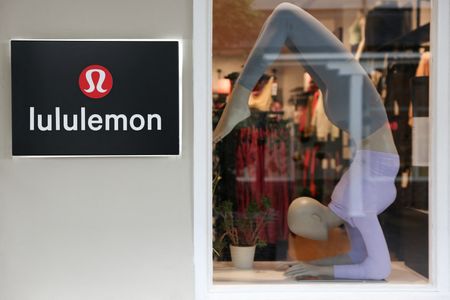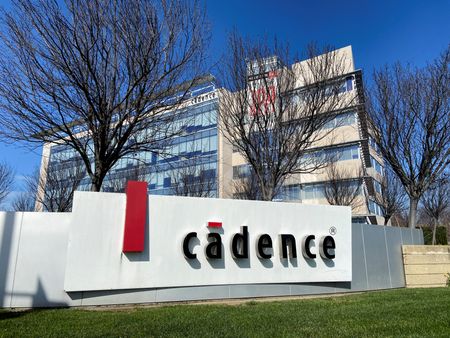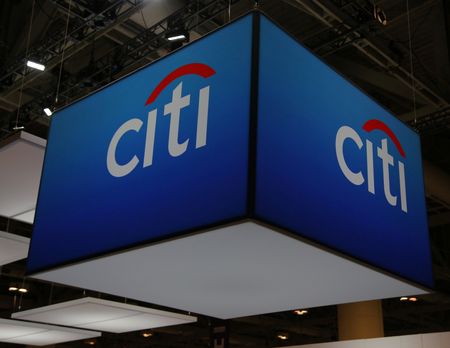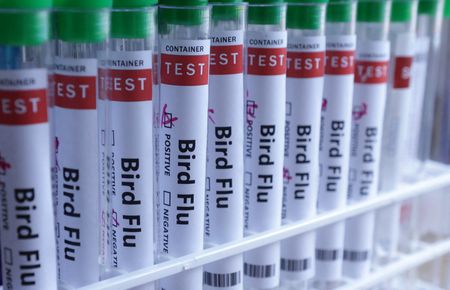By Neil J Kanatt
(Reuters) -Lululemon Athletica slashed its annual revenue and profit forecasts on Thursday, signaling a slowdown in demand going into the crucial holiday season as consumers cut down spending, alongside tariff pressures.
Shares of the company fell about 14% after the closing bell.
The sportswear maker has failed to spark a wave of buying from consumers grappling with inflation and the Trump administration’s volatile trade policy.
“Once the trailblazer in athleisure, Lululemon has lost its innovation edge, now squeezed by luxury newcomers like Alo Yoga and private-label dupes with comparable fabric tech at lower prices,” said Suzy Davidkhanian, analyst at eMarketer.
“Copycat culture highlights how far the moat has shrunk.”
The Vancouver, Canada-based company’s dour forecast for the second half of the year comes as U.S. holiday spending is expected to see its steepest drop since the pandemic, according to a PwC survey.
The 2025 outlook includes a hit of about $240 million on gross profit, from higher tariffs and the removal of the de minimis exemption, the company said, with expectations of about a $320 million impact on operating margin in 2026.
De minimis is a U.S. customs exemption that allows duty-free entry and minimal paperwork for international shipments under $800. The exemption removal became effective on August 29.
The company, which introduces new product variations every week, said it plans to take strategic and modest price hikes to reduce tariff impact, alongside attempts to cut costs and negotiate with vendors.
Lululemon manufactured 40% of its products in Vietnam, and sourced 28% of its fabrics from mainland China, as of 2024, and goods imported from these countries to the U.S. face heavy duties.
The yogawear firm now expects annual revenue between $10.85 billion and $11 billion, compared to its prior forecast of $11.15 billion to $11.30 billion.
The annual profit per share forecast of between $12.77 and $12.97, compares with previous expectations of $14.58 to $14.78 apiece.
“We believe guidance cuts continue and will become more severe through the end of the fiscal year,” Jefferies analysts said in a note.
Revenue for the second quarter, ended August 3, rose 7% to $2.53 billion, largely in line with analysts’ expectations, while earnings per share of $3.10 beat estimates of $2.88, according to data compiled by LSEG.
(Reporting by Neil J Kanatt in Bengaluru; Editing by Alan Barona)











